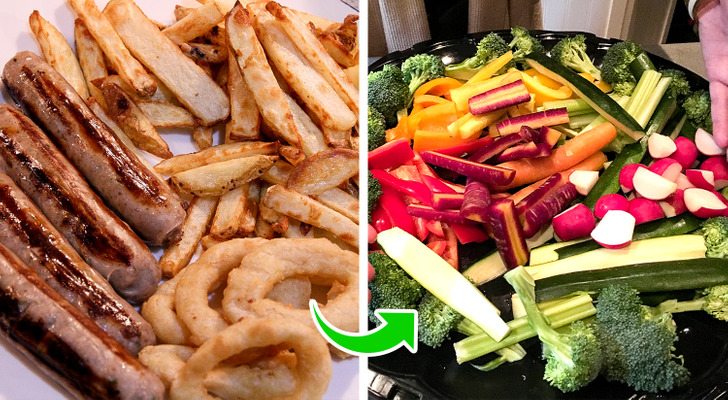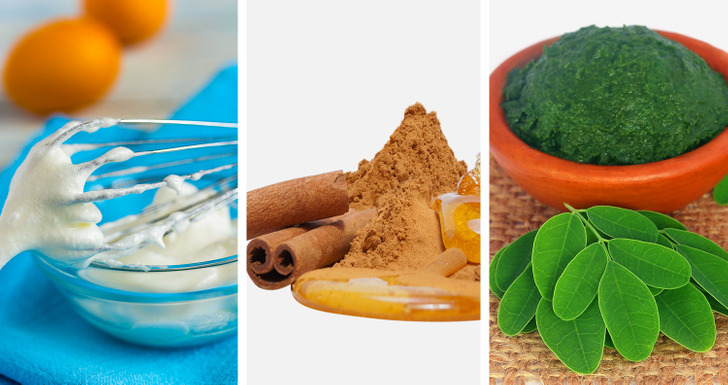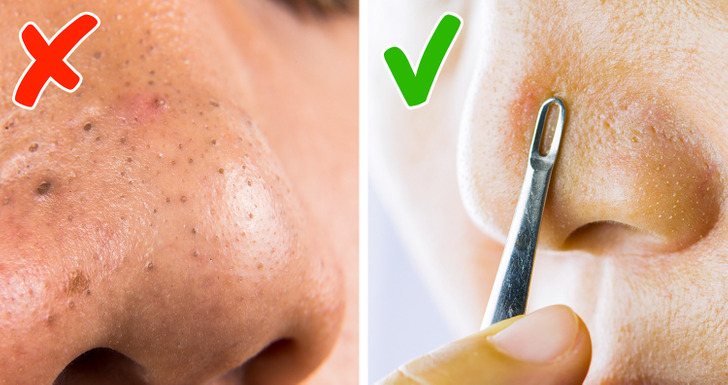8 Ways to Combat Acne and Help Your Skin Get Rid of Scars
Acne is one of the most common skin conditions that affects at least 85% of people aged 12-24. It doesn’t have to be a major case of acne, but just a small issue with a few pimples appearing every month. And while it’s more common with people in puberty and early adolescence, it can appear later in life as well. So, it’s important to take measures in order to prevent it if possible or treat it if it knocks on your door.
1. Wash your face regularly.
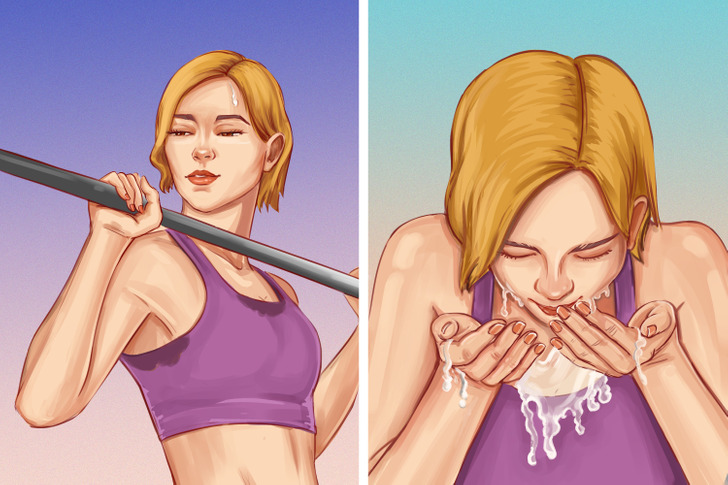
Whether or not you have acne, it’s important to keep your face clean. Normally, washing it twice a day is what’s recommended. Washing more often than that could actually cause more problems. How you wash your face matters too. Scrubbing the skin can irritate it and make acne breakouts worse, so it’s better to just use your hands and a special cleanser. Then, pat your skin dry with a clean towel.
- Tip: Since sweat sticks to your face and may contain acne-causing bacteria, it’s important to wash your face right after working out.
2. Keep your hair clean and away from your face.
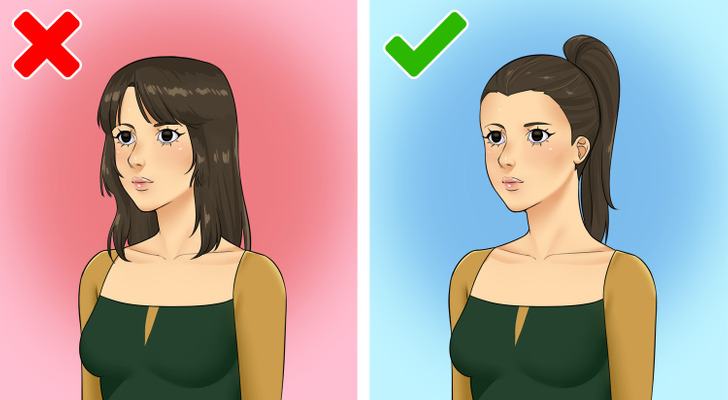
- Keep your hair away from your chin and jawline.
- Wash your hair frequently to prevent oil on your scalp and hair from making its way onto your face and triggering breakouts.
3. Try changing your diet.
- Choose food that is rich in vitamin C. It works like an antioxidant, protects the skin, and promotes collagen synthesis. Vitamin C helps to fight skin inflammatory conditions, including acne. Consume fruit and vegetables: their value is associated with skin health.
- Low-glycemic foods made of complex carbohydrates may help to reduce the appearance of blackheads. These are unprocessed vegetables and fruits, legumes, and whole grains.
4. You can try homemade cleansing methods.
- Use an egg white mask: Remove the yolks from 2 eggs and gently apply the egg whites to your face so as to form a thin layer. Leave the mask on for 2 minutes or until it dries. Once it does, apply a second layer of the egg whites. Leave the mask on your face for 20 minutes. Use warm water to rinse the whites off your face. Egg whites help tighten the pores and pull out any clogged dirt giving you smooth, blackhead-free skin.
- Use honey and cinnamon: Mix half a tsp of cinnamon with a tbsp of honey. Apply this mixture by rubbing it over your face in a circular motion. Keep rubbing for about 3 minutes. While cinnamon acts as a scrub, honey works to pull out dirt from the open pores and also acts as a natural antibiotic.
- Use fenugreek paste: Form a paste by blending fenugreek with water and dab it over your face. Let it sit for 10 minutes before rinsing it off with cold water.
5. Protect your skin from the sun.
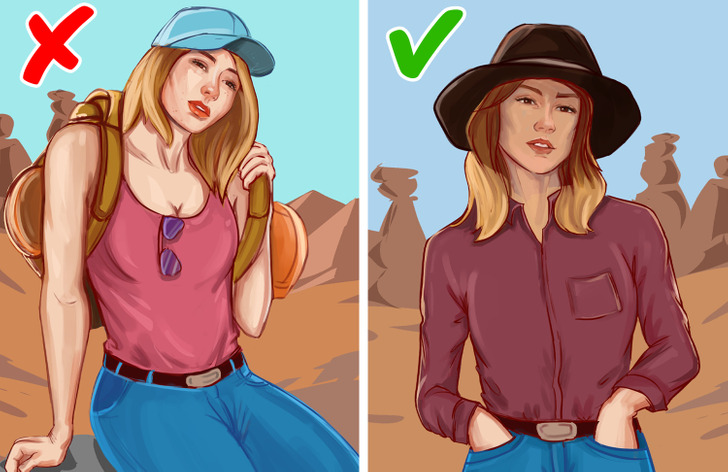
The sun’s UV rays can increase inflammation and redness, among other things. If you get a sunburn, you could overproduce oils that make acne worse. On top of that, some acne medications may make your skin more sensitive to sunlight.
Tips:
- Limit your time in the sun, especially between the hours of 10 a.m. and 4 p.m.
- Wear protective clothing, such as a long-sleeved shirt, pants, and a broad-brimmed hat.
- Apply a broad-spectrum sunscreen (6% zinc oxide or higher and SPF 30 or higher are recommended) 20 minutes before you go outdoors.
- Look for “noncomedogenic” on the sunscreen label to make the appearance of new pimples less likely.
6. Keep your sheets clean.
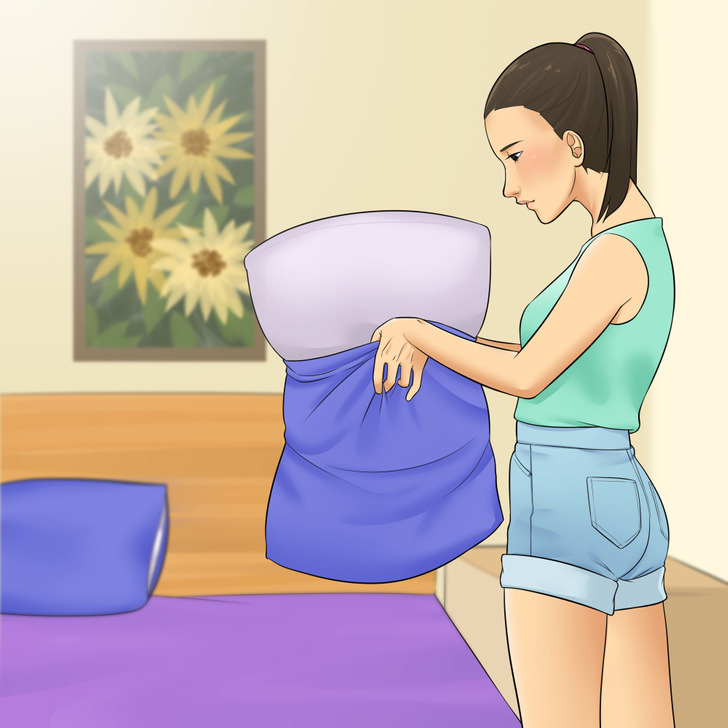
Change your sheets every week and your pillowcases 2-3 times a week. This will prevent dead skin cells, bacteria, and dirt that have collected on these surfaces from clogging the pores on your face. As Dr. Gary Goldenberg says “Changing sheets daily may be a little too much work, but making sure your skin is in clean environment can definitely make a difference. This goes along with cleansing your skin twice daily with a gentle wash, or salicylic acid or benzoyl peroxide if you already have acne.”
7. Apply acne-specific treatments instead of popping pimples.
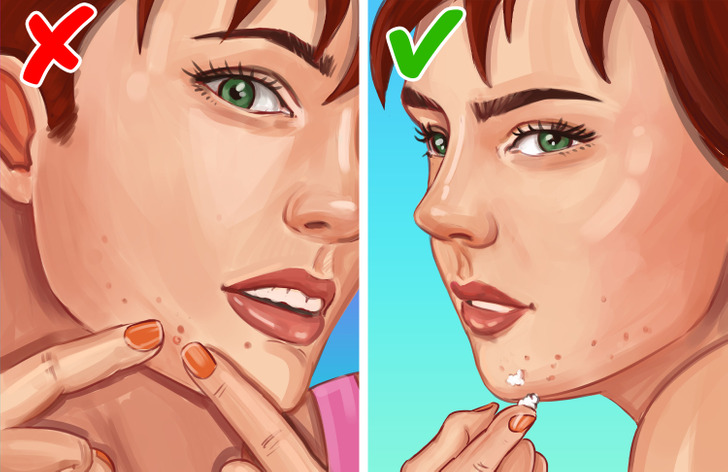
Avoid touching your face, especially if it’s to pick or pop your pimples. Instead, use topical or over-the-counter treatments, such as creams or serums, to reduce mild breakouts when they tend to occur in specific areas, like the chin, nose, or forehead. Always check with your dermatologist to find out what treatment can work best for you and how to apply it.
- Tip: Certain skincare products intended for use on dry or mature skin contain oil that can clog the pores, so stay away from these. Products that don’t contain oil are usually labeled “noncomedogenic.”
8. Try other methods.
- Use a comedone extractor: After cleansing your face, place the loop of the comedone extractor over the blackhead. Apply a bit of pressure and pull the tool down. This should make the blackhead pop out of the pore. Remember not to press too hard as it may damage your skin. After removing the blackheads, remember to thoroughly clean your face and the tool.
- Pop your blackheads: Start by cleansing and exfoliating your skin. Then, apply an astringent to the affected region. Use cotton balls to gently squeeze on both sides of the blackhead to extract it. After popping the blackhead, wash your skin with water and use the astringent once more.
Bonus: Different types of acne.
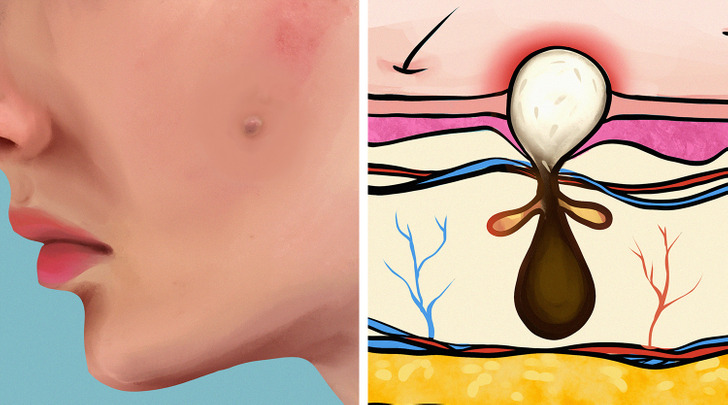
- Whiteheads: These are noninflammatory flesh or whitish-colored bumps or spots that typically have a white center surrounded by a red halo. In some cases, hair might come out from the center or it will seem trapped inside.
- Blackheads: Just the opposite of whiteheads, blackheads (noninflammatory) are dark or black-colored small spots that appear as raised bumps. Usually, the skin surrounding the blackhead is normal and the center is darker.
- Pustules: Pimples are tender, larger bumps that have a circular center. The center is filled with yellowish/whitish pus over a red skin base. In fact, they look a lot like larger whiteheads but inflamed.
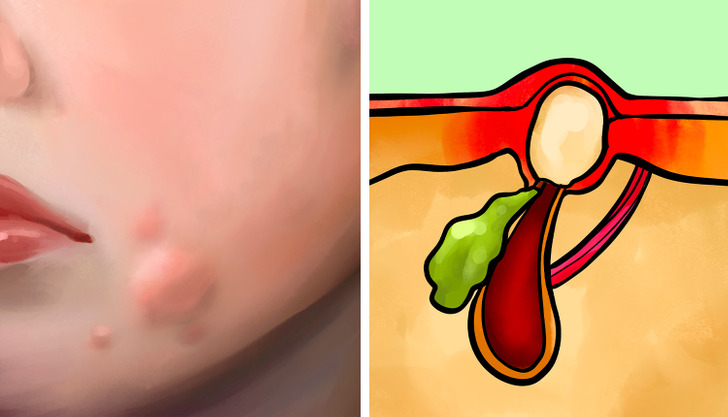
- Papules: The skin that surrounds these blemishes is usually red and swollen. They are raised, pink, solid, and tender.
- Nodules: The inflamed, painful, and hard lumps that are located deep in the skin are known as nodules. This type can become severe and may cause skin complications like scarring and dark spots.
- Cysts: When pustules become infected they start to become painful. This is when pustules become a cyst. Cystic acne consists of white or red, painful, large, and yet soft lumps that are located deep in the skin — even deeper then nodules.
Do you struggle with acne at the moment and if you do, what methods do you try in order to combat your skin problems?
